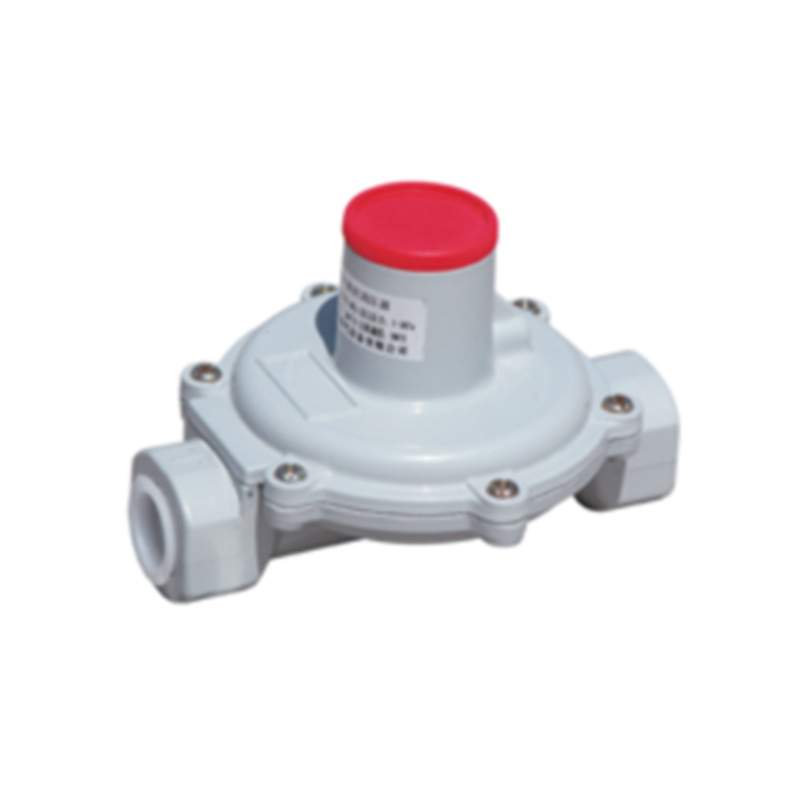
Nov . 12, 2024 20:06
Back to list
safety relief valve
Understanding Safety Relief Valves Importance and Functionality
Safety relief valves are critical components in various industrial systems, designed to protect equipment and personnel from dangerous overpressure conditions. These valves serve as the last line of defense in maintaining safe operating pressures in systems that handle gases, steam, or liquids. Their importance cannot be overstated, as they play a key role in preventing catastrophic failures and ensuring the safe operation of numerous applications, from chemical processing to power generation.
What is a Safety Relief Valve?
A safety relief valve (SRV) is a type of pressure relief valve that automatically releases pressure from a system when it reaches a predetermined limit. Unlike regular valves that regulate flow, safety relief valves operate based on pressure thresholds. They are engineered to open at a set pressure, allowing excess fluid or gas to escape safely, thus preventing the risk of explosion or system failure.
How Do Safety Relief Valves Work?
The operation of a safety relief valve is relatively straightforward. Each valve is calibrated to respond to pressure levels specific to the application it serves. When pressure builds up within a system, it eventually reaches the valve's set pressure. At this point, the valve opens, allowing the excess pressure to vent. Once the pressure drops back below the set point, the valve automatically closes, sealing the system again.
There are two main types of safety relief valves spring-loaded and pilot-operated. Spring-loaded valves utilize a mechanical spring to hold the valve closed until the set pressure is achieved. In contrast, pilot-operated valves use a smaller auxiliary valve to control the larger main valve. These configurations allow for precise control of pressure and can be tailored to specific system requirements.
Applications of Safety Relief Valves
safety relief valve

Safety relief valves are indispensable in numerous industries. In the chemical and petrochemical sectors, they safeguard reactors and storage tanks against excessive pressure buildup. In the oil and gas industry, these valves protect pipelines and offshore platforms from the dangers associated with high-pressure gas and liquid flows.
Moreover, safety relief valves are vital in power plants, particularly in steam systems. They ensure that boilers do not exceed their maximum pressure limits, thereby preventing explosive failures. In HVAC systems, they help maintain safe pressure levels in chilled water systems, contributing to overall system efficiency and safety.
Regulations and Standards
Due to their criticality in ensuring safe operations, safety relief valves are subject to stringent industry standards and regulations. Organizations such as the American Society of Mechanical Engineers (ASME) and the National Board of Boiler and Pressure Vessel Inspectors set guidelines for the design, installation, and maintenance of these valves. Compliance with these standards is mandatory for manufacturers and operators to ensure the safety of their systems.
Maintenance and Inspections
Regular maintenance and inspection of safety relief valves are essential to their reliable operation. Over time, wear and tear can affect their performance, leading to failures that may compromise system integrity. It is recommended that facilities establish routine testing and inspection schedules to verify that valves function correctly. This includes checking for signs of corrosion, correct alignment, and ensuring that the set pressure remains accurate.
Conclusion
In summary, safety relief valves are crucial for protecting systems from potentially hazardous pressure situations. Their ability to automatically vent excess pressure not only safeguards equipment but also protects lives. As industries continue to evolve and tackle new challenges, the role of safety relief valves in ensuring safe operational environments will remain paramount, highlighting the need for ongoing advancements in technology and stringent adherence to regulations.
Next:
Latest news
-
Safety Valve Spring-Loaded Design Overpressure ProtectionNewsJul.25,2025
-
Precision Voltage Regulator AC5 Accuracy Grade PerformanceNewsJul.25,2025
-
Natural Gas Pressure Regulating Skid Industrial Pipeline ApplicationsNewsJul.25,2025
-
Natural Gas Filter Stainless Steel Mesh Element DesignNewsJul.25,2025
-
Gas Pressure Regulator Valve Direct-Acting Spring-Loaded DesignNewsJul.25,2025
-
Decompression Equipment Multi-Stage Heat Exchange System DesignNewsJul.25,2025

